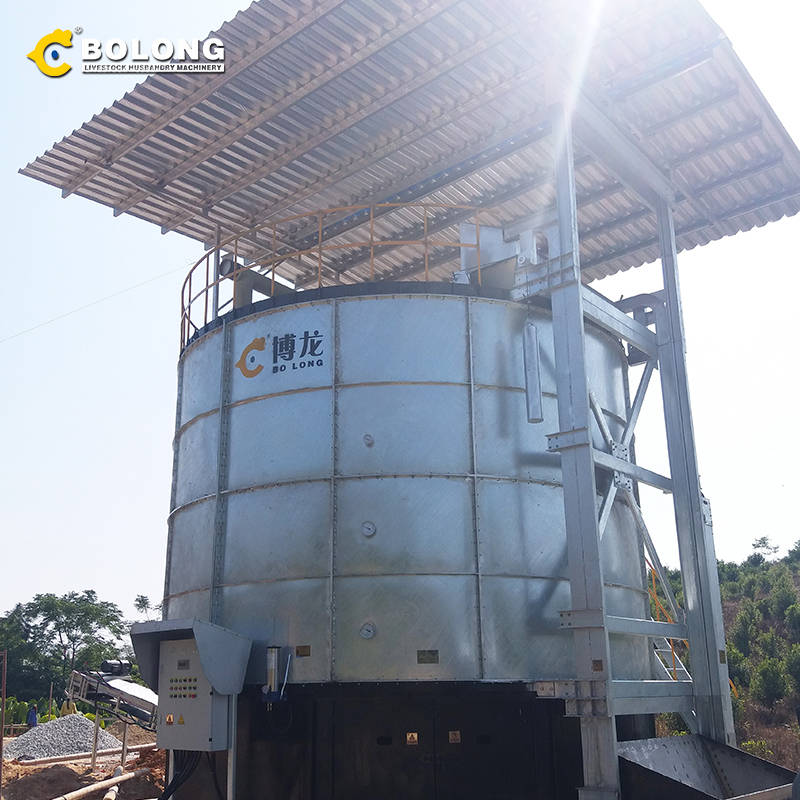
5.3 Hindgut fermenters. The odd-toed ungulates (comprising the order Perissodactyla), the horses, tapirs and rhinoceroses, are hindgut fermenters, as are elephants. Update Table 2 with this information.
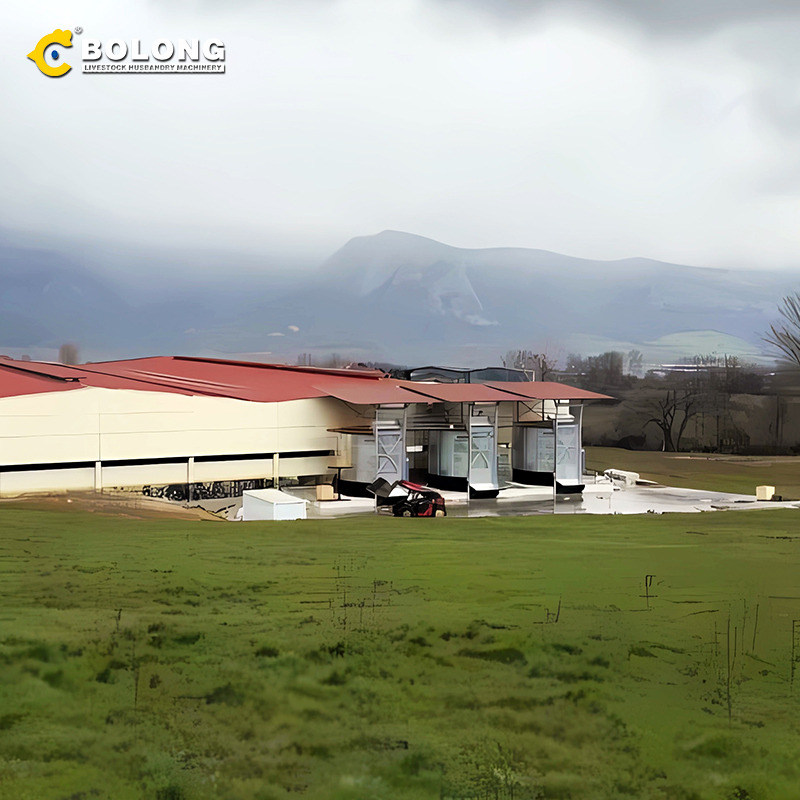
The fermenter design requires enhanced efficiency and authentication of the desired parameters with a high-quality product at a low cost. The fermenter’s strategy and mode of operation are focused on the output of microorganisms, the product’s cost, the condition required for the anticipated product development, and the scale of production.

Bioreactors or fermentors are a system where fermentation takes place. The organisms and enzymes are majorly introduced for the extraction of products in the process of fermentation in a bioreactor. The microorganisms are given a suitable environment to enhance their growth and thus making the products on a large scale.
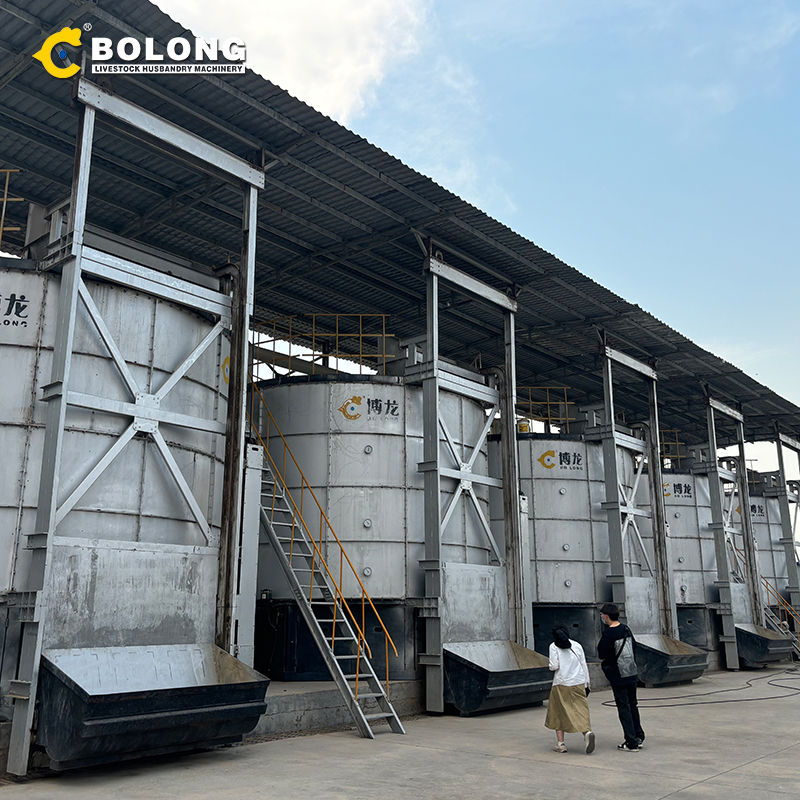
Carnivores are animals that eat other animals. The word carnivore is derived from Latin and literally means “meat eater.” Wild cats such as lions, shown in Figure 35.3 a and tigers are examples of vertebrate carnivores, as are snakes and sharks, while invertebrate carnivores include sea stars, spiders, and ladybugs, shown in Figure 15.3 b.
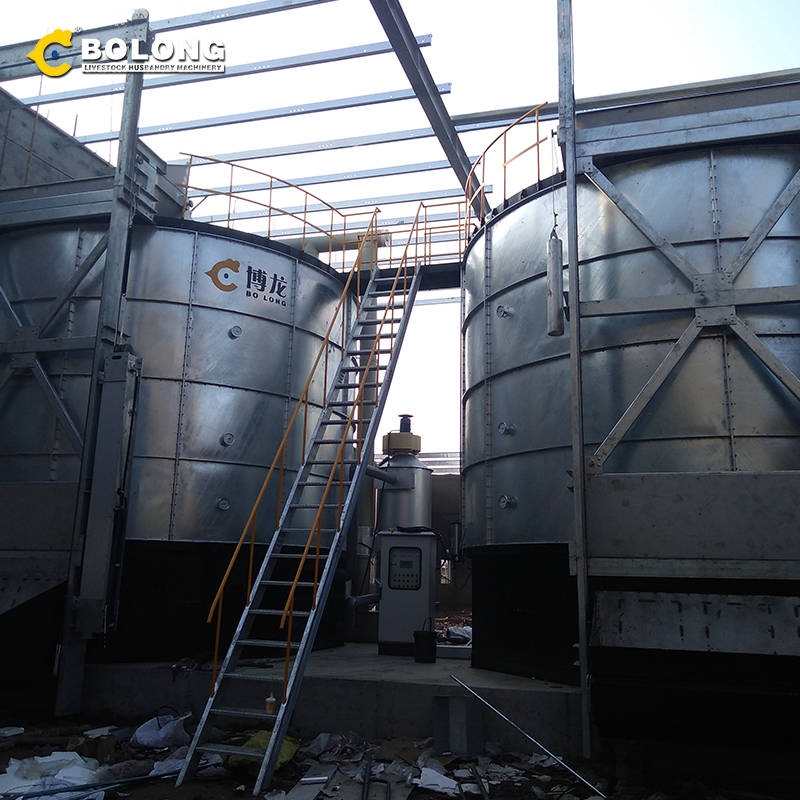
ADVERTISEMENTS: In this article we will discuss about:- 1. History and Design of Fermenters 2. Basic Functions of Fermenters 3. Types 4. Construction 5. Design and Operation 6. Aseptic Operation and Containment 7. Batch Fermentation 8. Fed-Batch Fermentation 9. Continuous Fermentation 10. Scale-Up of Fermentations. History and Design of Fermenters: De Becze and Liebmann (1944) []
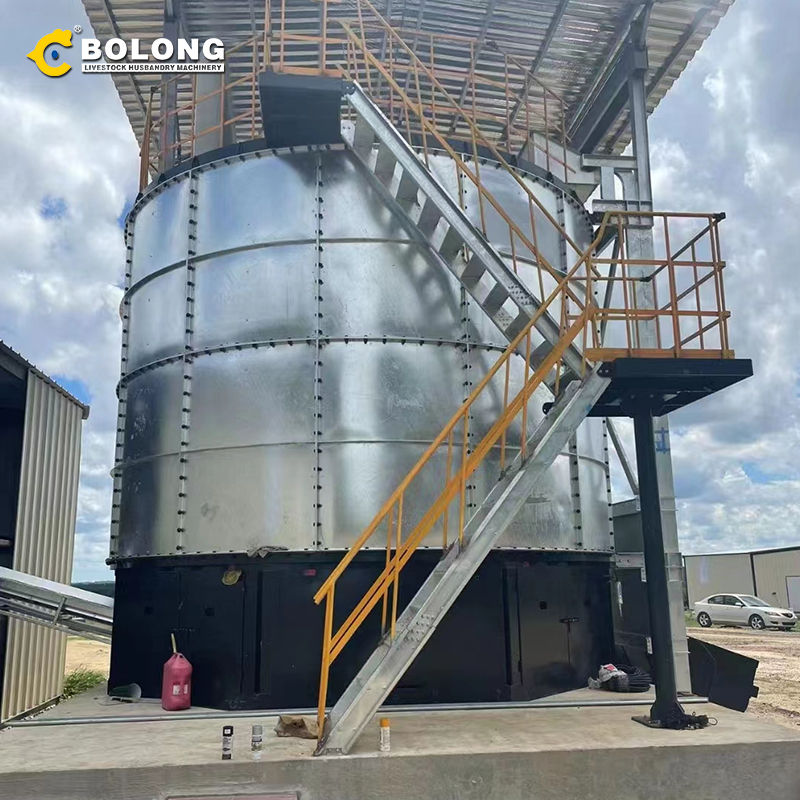
Dec 28, 2021 · 34.1: Digestive Systems. Animals obtain their nutrition from the consumption of other organisms. Depending on their diet, animals can be classified into the following categories: plant eaters (herbivores), meat eaters (carnivores), and those that eat both plants and animals (omnivores).

Carnivores are animals that eat other animals. The word carnivore is derived from Latin and literally means “meat eater.” Wild cats such as lions, shown in Figure 34.3a and tigers are examples of vertebrate carnivores, as are snakes and sharks, while invertebrate carnivores include sea stars, spiders, and ladybugs, shown in Figure 34.3b.

A Fermentor is a device used to accomplish the fermentation process by using microorganisms, and for this reason, it is also called “Biofermentor or Bioreactor“.It is equipped with all the elements that are necessary to carry out the commercial production of substances like antibiotics, enzymes, beverages etc. in many industries.

Jun 16, 2022 · What are the 3 types of fermentation? There are many types of fermentation. But the three types of fermentation that are commonly used in the industry are lactate fermentation, ethanol fermentation, and acetic acid fermentation. In brief, lactate fermentation produces lactate, ethanol fermentation produces ethanol, and acetic acid fermentation

Feb 2, 2024 · Common Types of Animal Poop in Gardens. As you tend to your garden, you might see various animal droppings, each with its own story. Coyote droppings often have fur or bones, showing their meat-eating diet, and are usually pointed at the ends. Squirrels and chipmunks leave smaller, round pellets that may contain bits of nuts or seeds.

Jun 4, 2011 · The product of fermentation is either the microorganisms itself e.g. mycoprotein, or a product produced by the microorganism e.g. insulin; There are two main used to culture microorganisms by fermentation: Batch fermentation. Microorganisms are grown in batches in the fermentation vessel

Nov 18, 2021 · Fermentation is a biochemical process in organisms that obtains energy from carbohydrates without requiring oxygen. In chemistry and biology, fermentation is a biochemical process that obtains energy from carbohydrates without using oxygen. Many foods come from fermentation, plus the process has industrial applications.

Jun 4, 2021 · SCFA (acetate, butyrate and propionate) production after in vitro fermentation of lentils with feces from 12 individuals: four lean, four celiac and four obese adults.

Apr 27, 2017 · The main function of fermentation is to convert NADH back into the coenzyme NAD + so that it can be used again for glycolysis. During fermentation, an organic electron acceptor (such as pyruvate or acetaldehyde) reacts with NADH to form NAD +, generating products such as carbon dioxide and ethanol (ethanol fermentation) or lactate (lactic acid fermentation) in the process.

Mar 27, 2024 · Explore how poo nurtures ecosystems, aids in biodiversity, and acts as a crucial tool for researchers protecting endangered species like koalas.